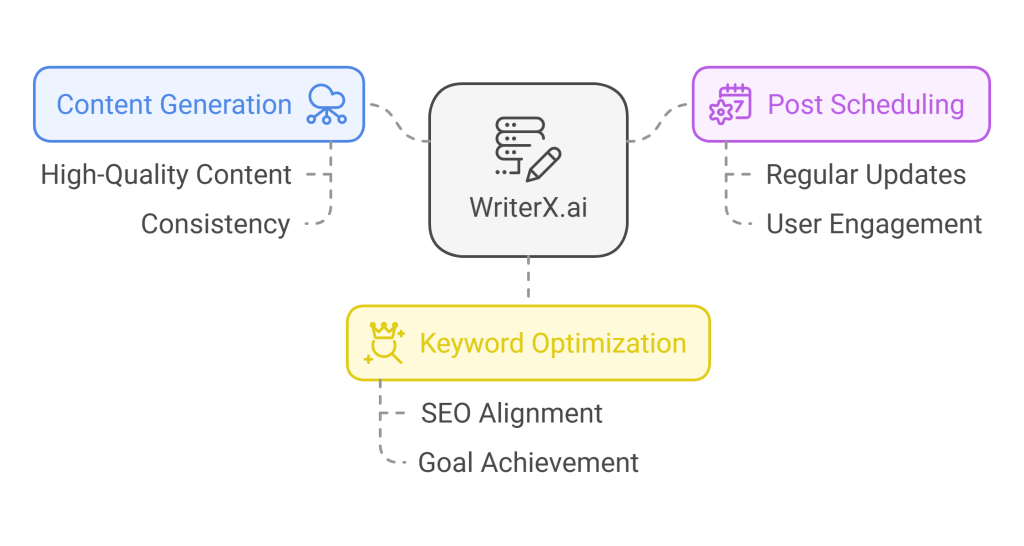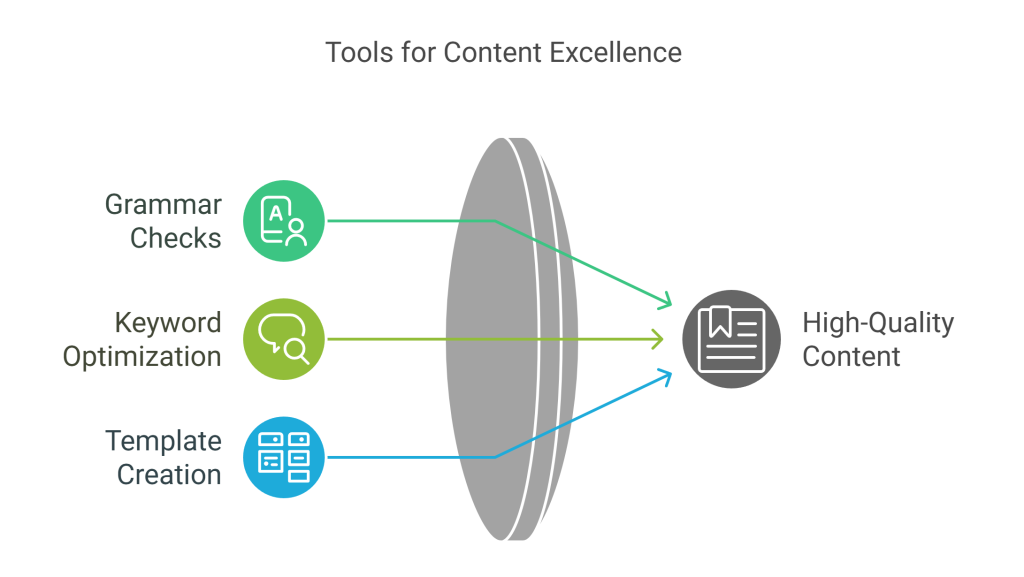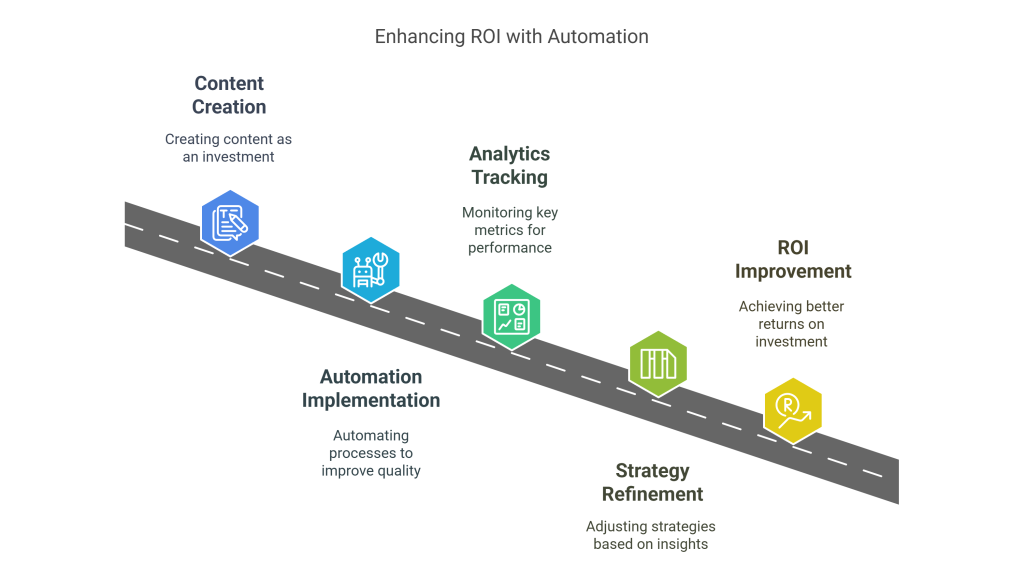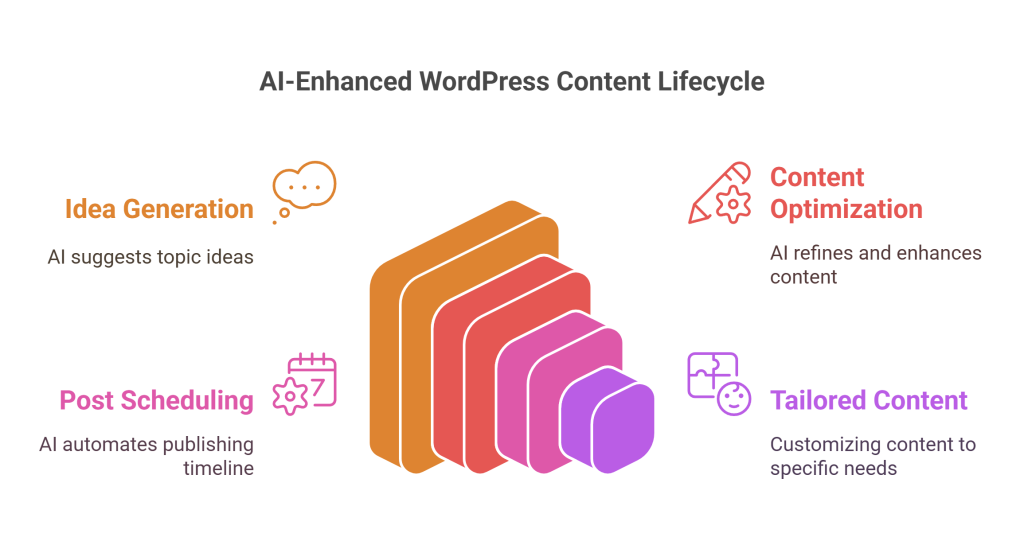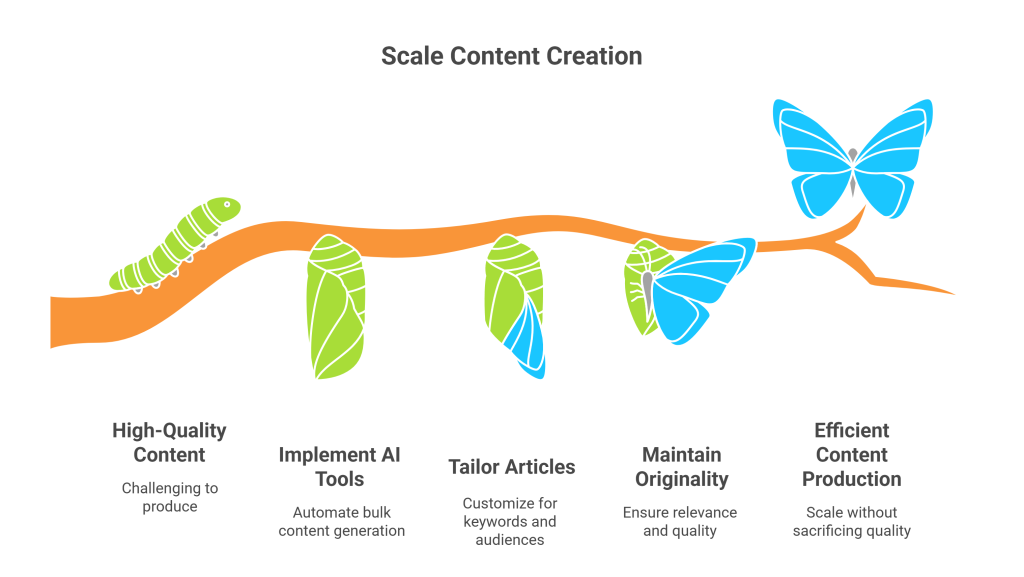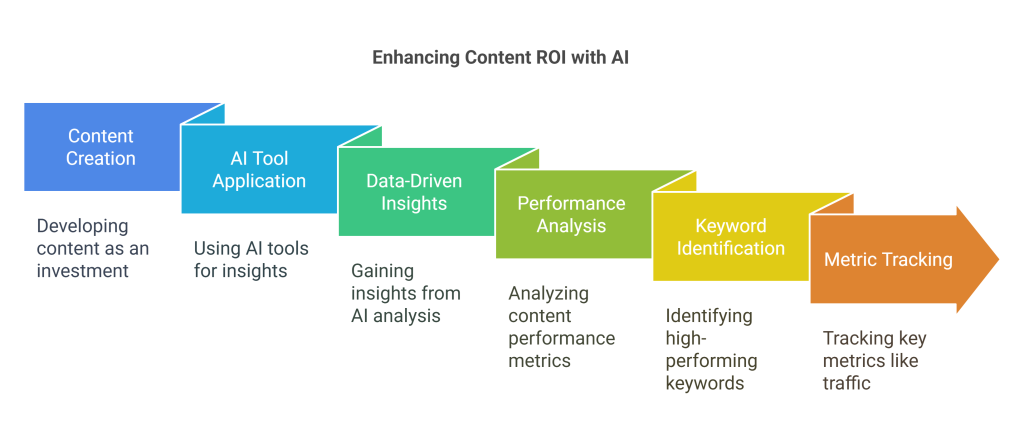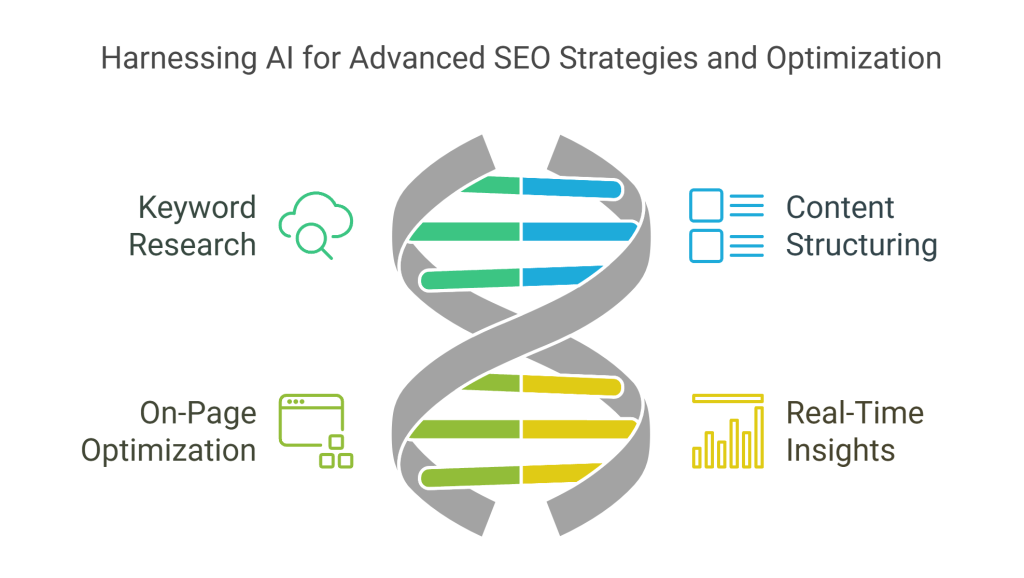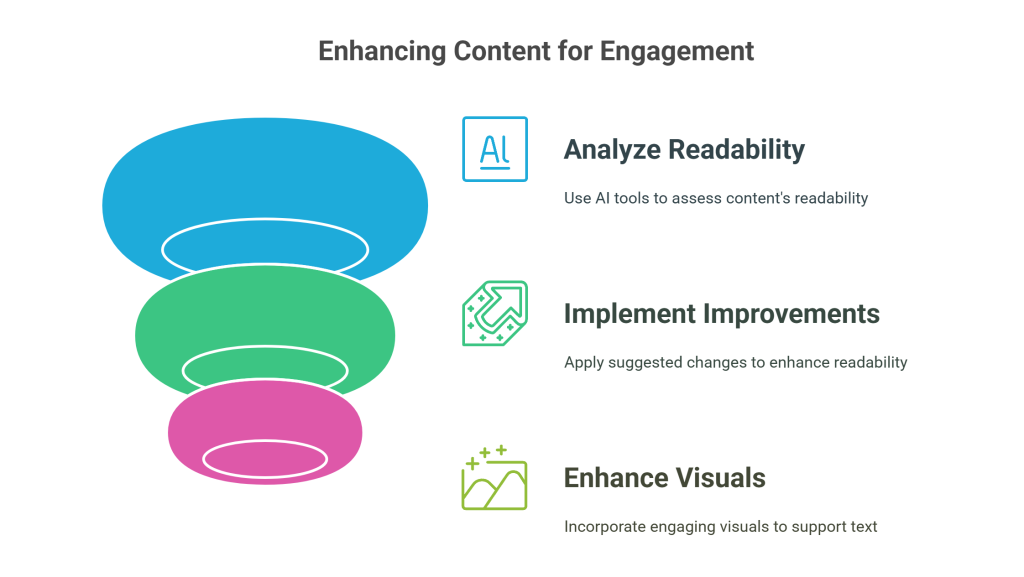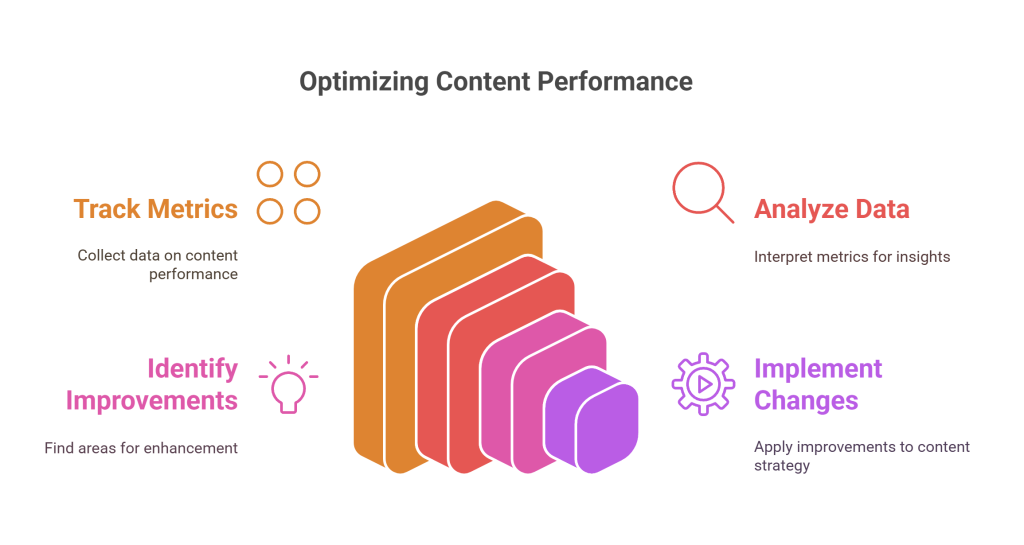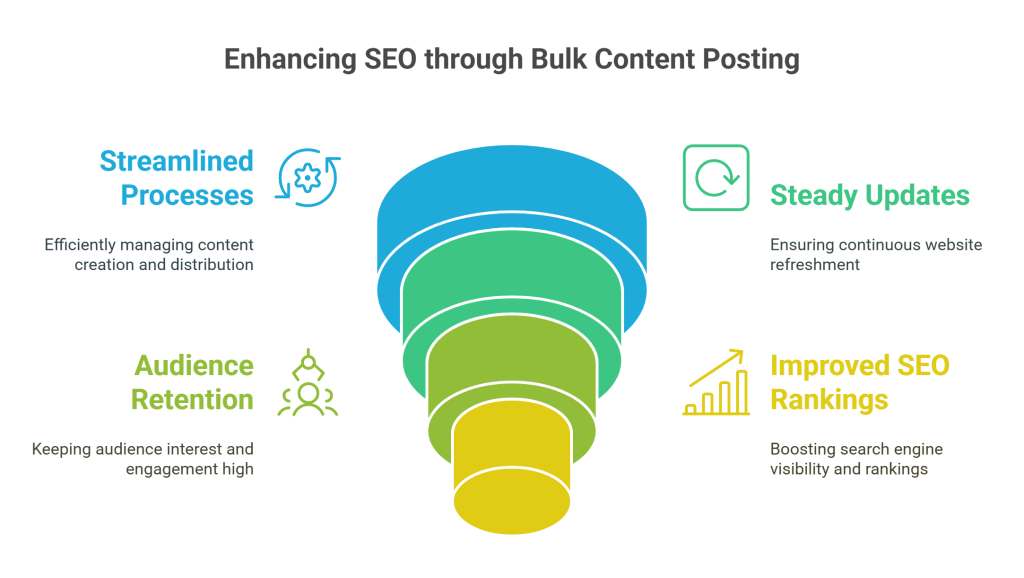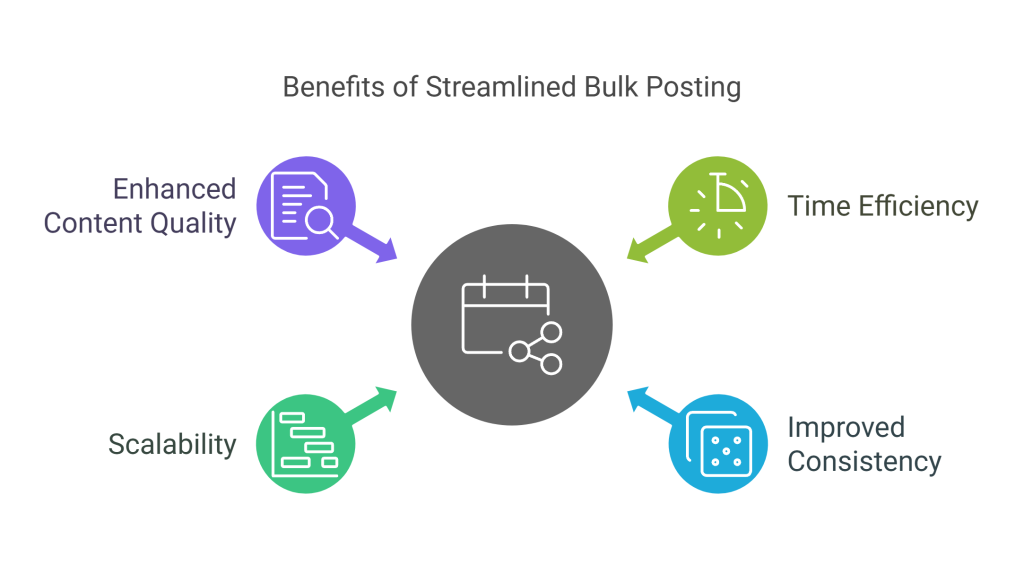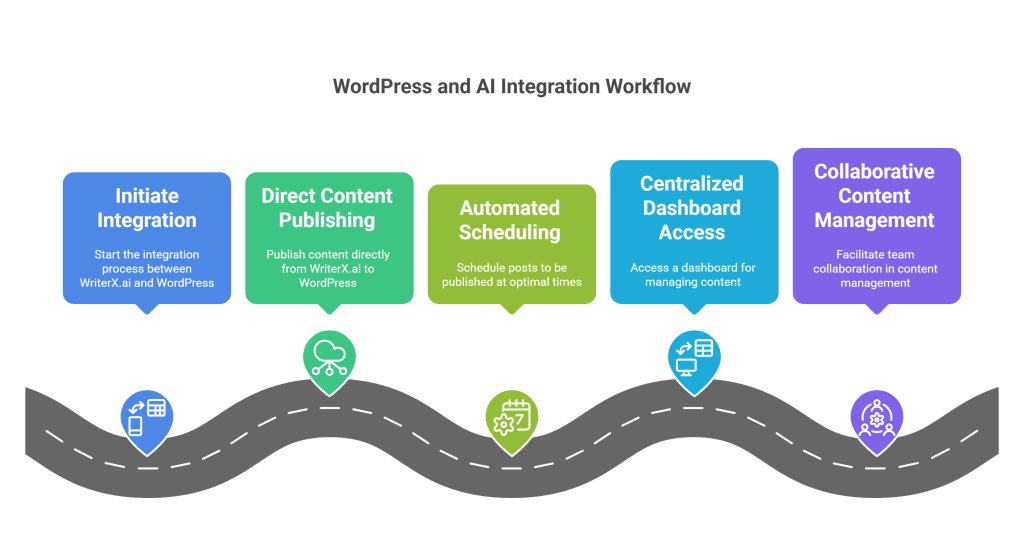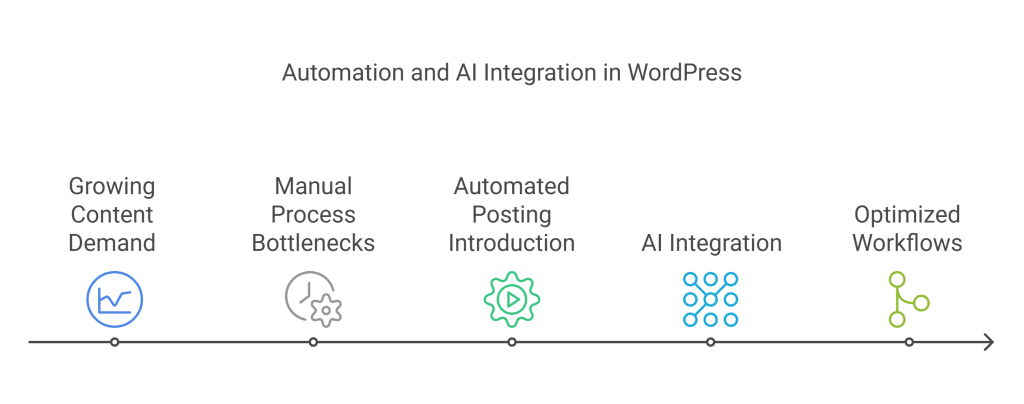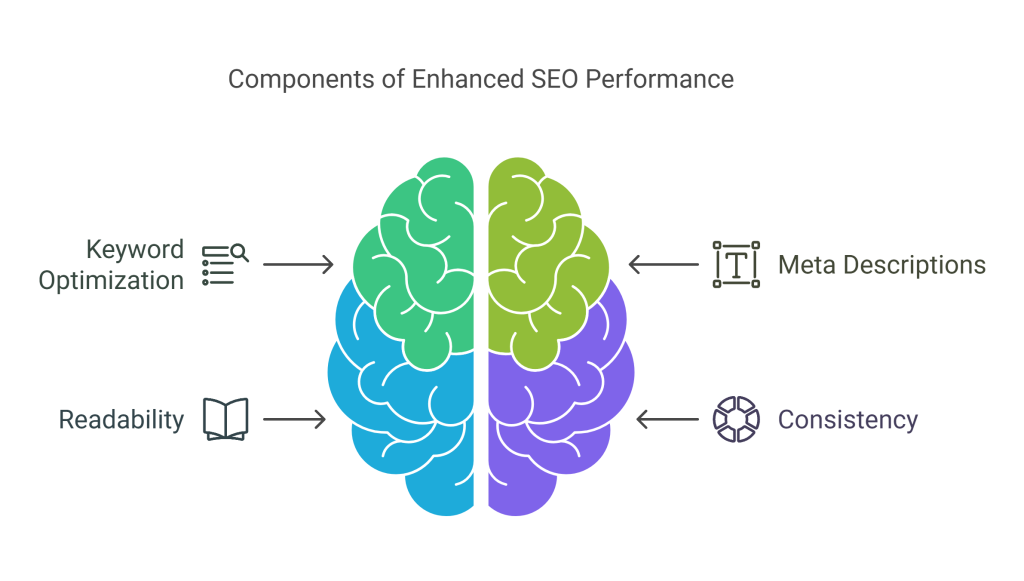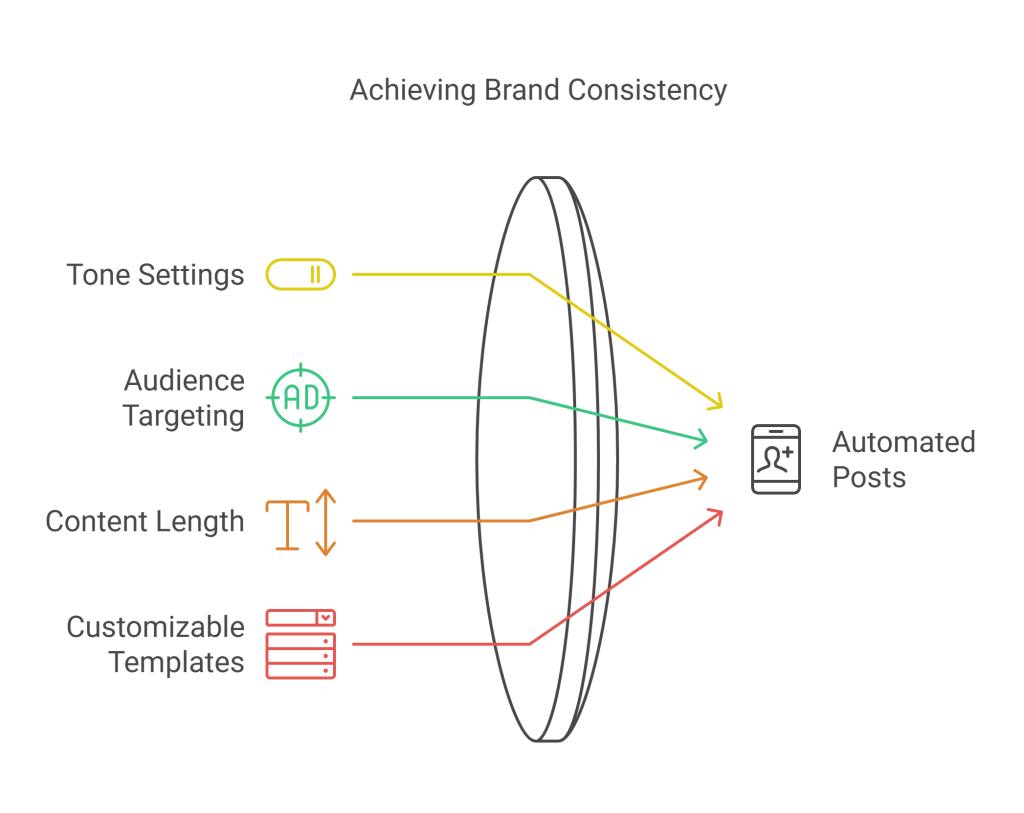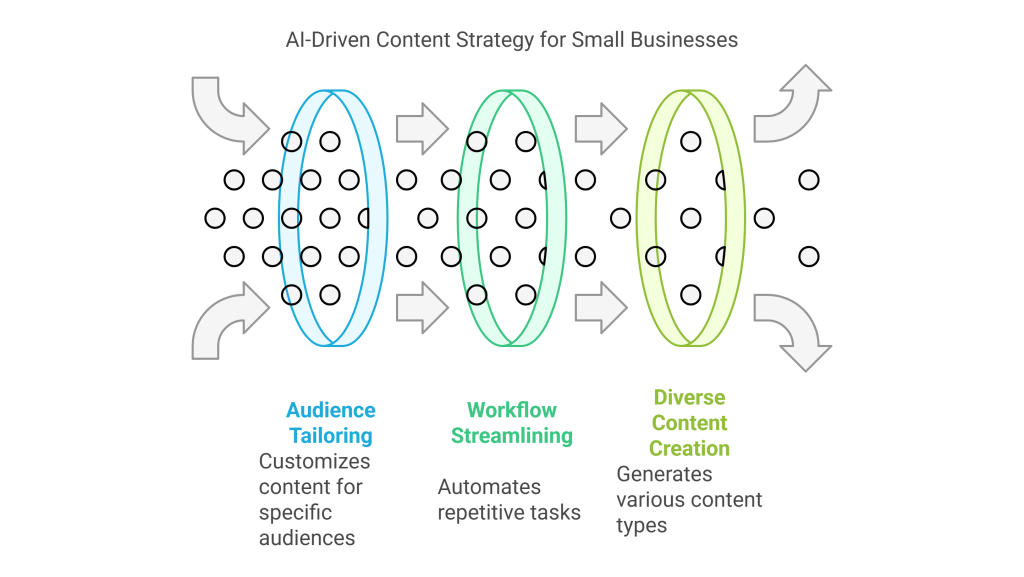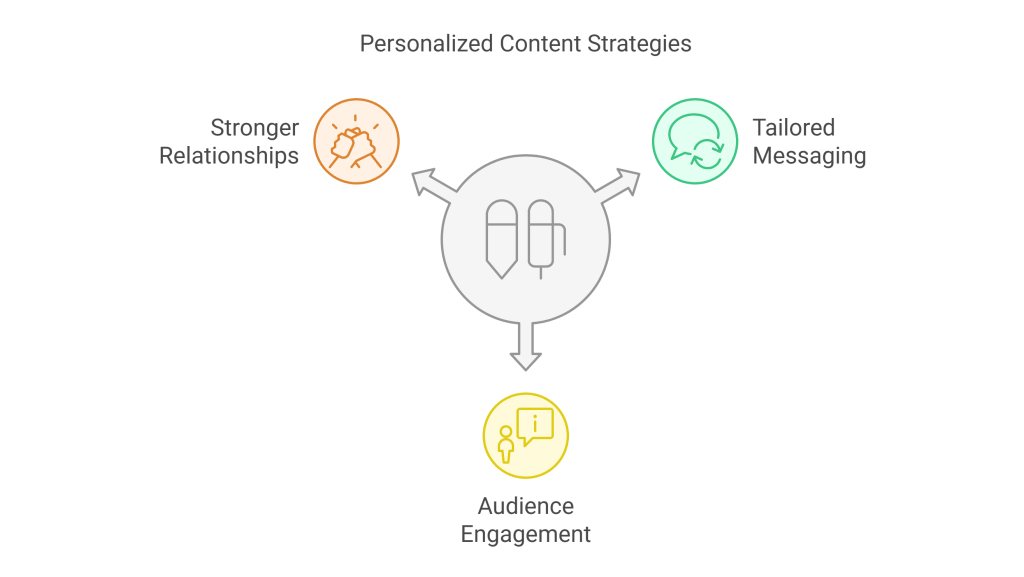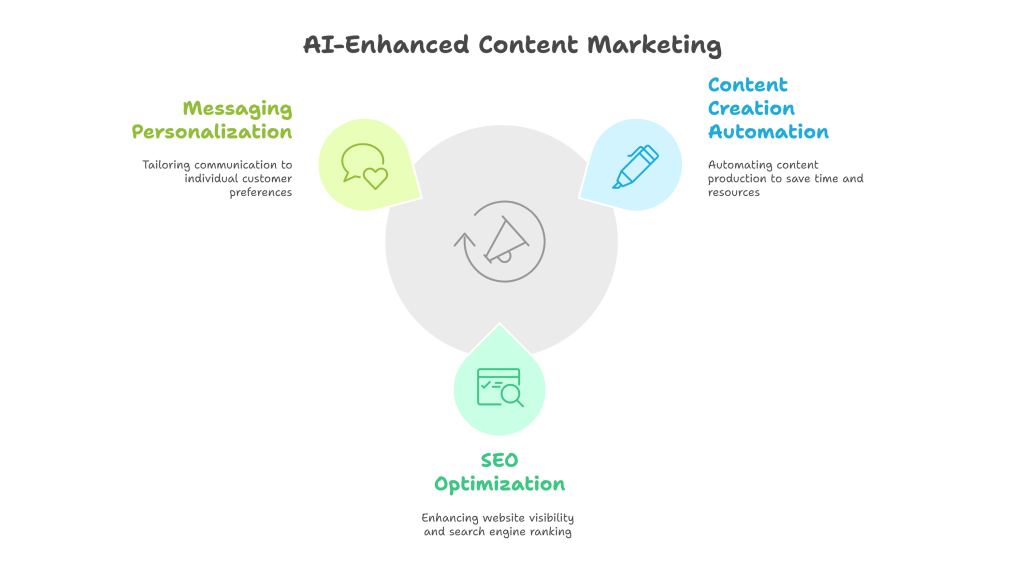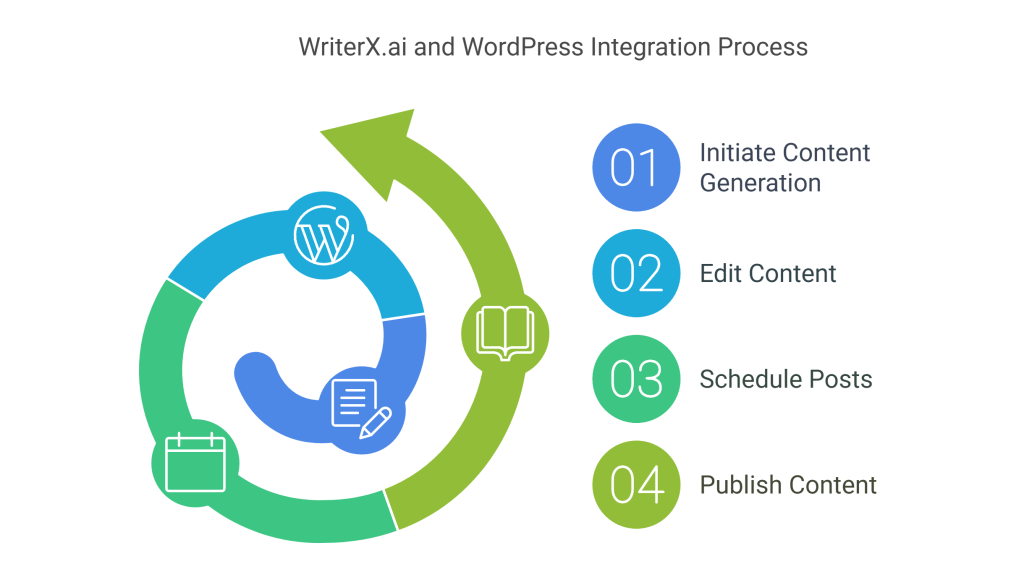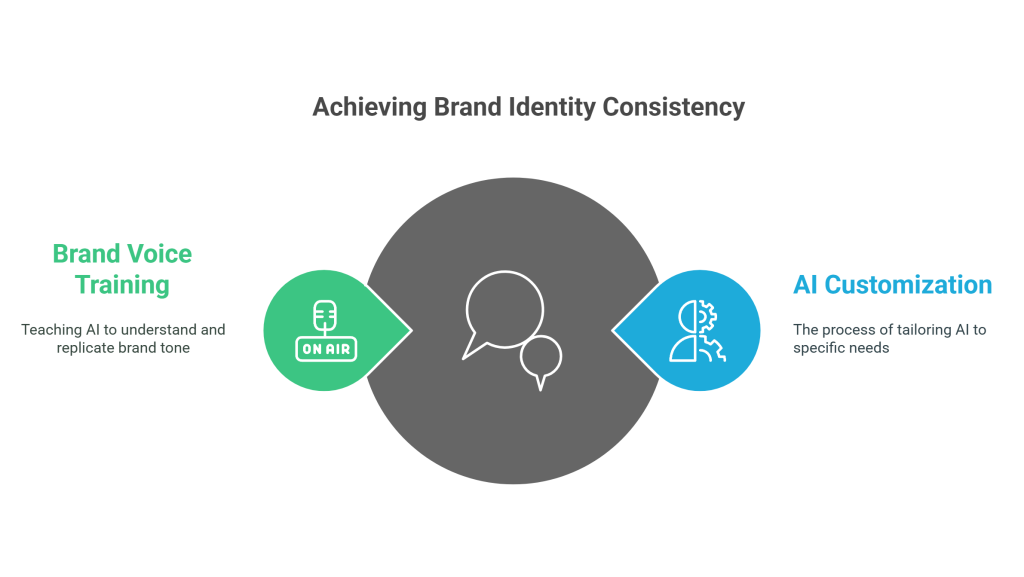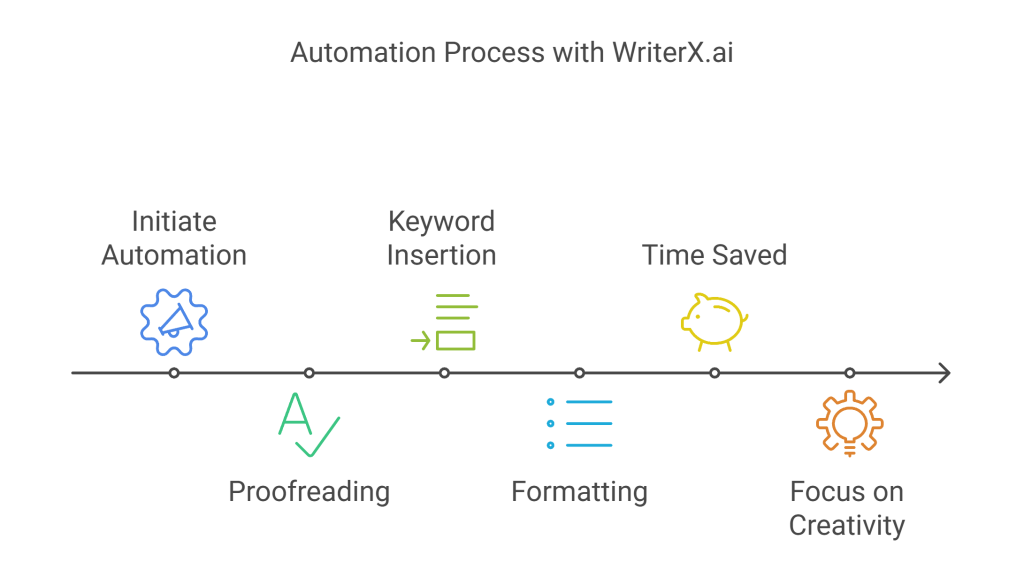Creating consistent, high-quality content is a challenge for businesses, bloggers, and marketers alike. WriterX, an AI-driven content platform, simplifies this process by automating workflows, enhancing creativity, and delivering SEO-friendly results. Below are ten powerful ways WriterX can elevate your content flow, helping you publish faster, rank higher, and engage audiences more effectively.
1. Streamlined Content Generation
WriterX eliminates writer’s block by generating blog posts, articles, and marketing copy in minutes. By analyzing your keywords, audience preferences, and brand voice, the platform crafts content that aligns with your goals. For example, if you run an e-commerce site, WriterX can produce product descriptions or seasonal campaign content effortlessly. This automation reduces time spent on drafting, allowing you to focus on strategy. To learn how to create your first blog post with WriterX, visit the Step-by-Step Guide to Creating Your First Blog Post.
2. SEO-Optimized Outputs
Every piece of content generated by WriterX is tailored for search engines. The platform’s built-in SEO tools analyze keyword density, meta tags, and readability to ensure your posts rank well on Google. Moreover, it suggests relevant long-tail keywords and optimizes headings for better visibility. For insights into maximizing SEO with AI-generated content, explore How to Get the Best SEO for AI-Generated Content.
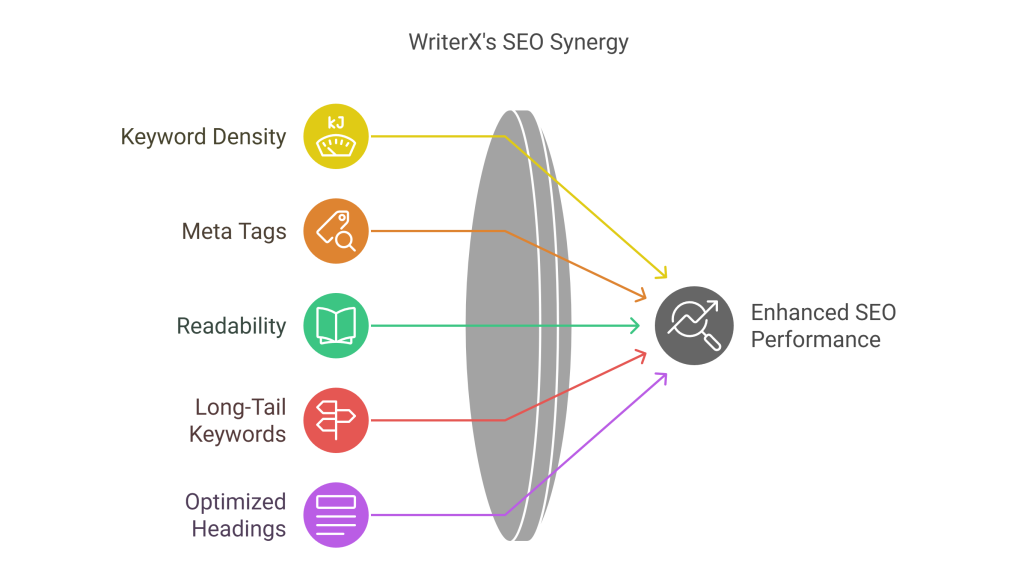
3. Bulk Content Production
For agencies or businesses managing multiple websites, WriterX’s bulk content generation feature is a game-changer. You can create dozens of articles or social media posts simultaneously, maintaining a consistent publishing schedule without sacrificing quality. This is particularly useful for scaling content marketing efforts. Discover how agencies use this feature in How Marketing Agencies Scale Content Production with AI.
4. Automated WordPress Publishing
WriterX integrates seamlessly with WordPress via its dedicated plugin, allowing you to draft, edit, and publish content directly to your site. This eliminates manual copying and pasting, reducing errors and saving hours each week. For tips on optimizing WordPress content, check out WordPress Content Optimization Tips.
5. Enhanced Content Consistency
Maintaining a uniform brand voice across all platforms is critical. WriterX analyzes your existing content to replicate your tone, ensuring every blog post, email, or social update feels cohesive. This consistency builds trust with your audience and strengthens your brand identity. To refine your AI-generated content further, read Advanced Tips for Perfecting AI-Generated Blog Posts.
6. Data-Driven Performance Insights
WriterX doesn’t just create content—it helps you improve it. The platform provides analytics on engagement, bounce rates, and keyword performance, enabling you to refine your strategy over time. For instance, if a blog post underperforms, you can tweak keywords or structure based on data. Learn more about metrics in The ROI of AI in Content: Metrics That Matter.
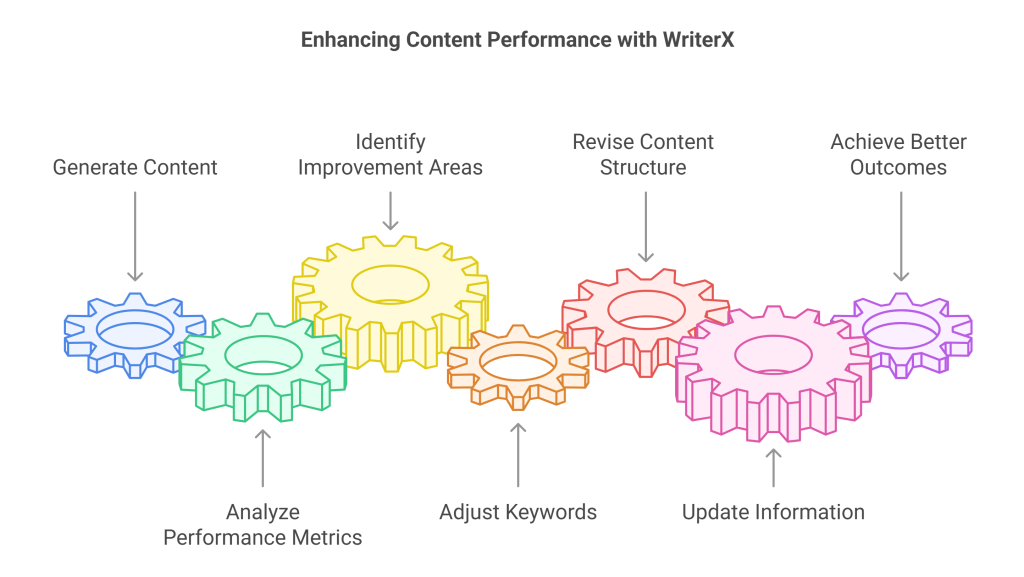
7. Cost-Effective Scaling
Hiring freelance writers or content teams can be expensive. WriterX offers a budget-friendly alternative, with subscription plans tailored to businesses of all sizes. Whether you’re a solopreneur or a marketing agency, the platform scales with your needs. Compare pricing options on the WriterX Pricing Page.
8. Multilingual Content Creation
Reaching global audiences requires content in multiple languages. WriterX supports over 20 languages, allowing you to create localized blog posts, product descriptions, or landing pages without hiring translators. This feature is ideal for businesses expanding into new markets. For tips on tailoring content to niche audiences, see Content Marketing with AI: Tailoring to Niche Audiences.
9. Evergreen Content Libraries
WriterX helps you build and organize a repository of evergreen content. Store articles, templates, and drafts in one place, making it easy to repurpose or update old posts. This is especially valuable for maintaining SEO rankings over time. For strategies on managing large volumes of content, visit Tips for Managing AI-Generated Content at Scale.
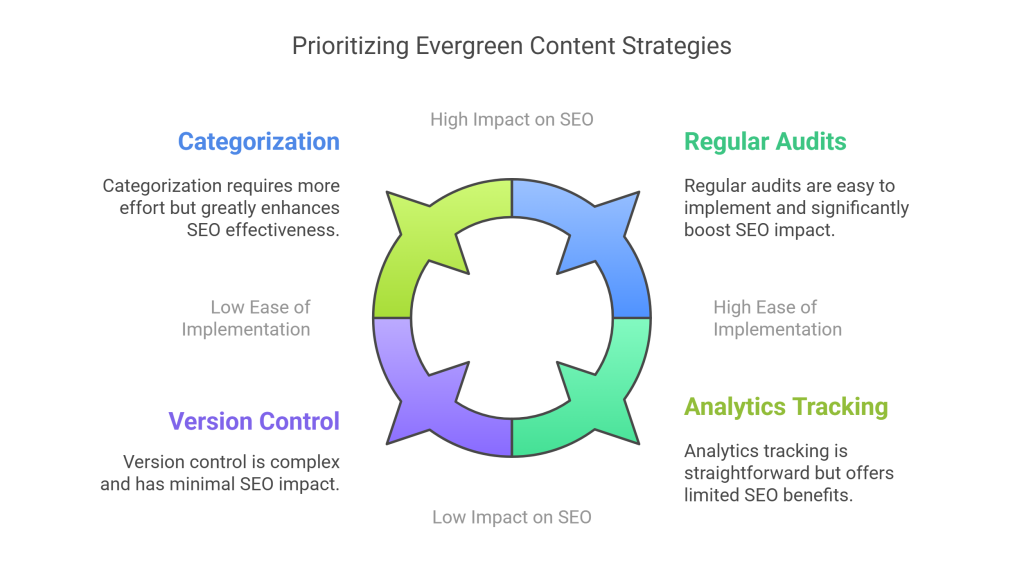
10. Real-Time Collaboration
Teams can collaborate on drafts, leave comments, and approve content directly within WriterX. This streamlines workflows and ensures everyone stays aligned, whether you’re working remotely or in-house. To improve team productivity, explore Improving Collaboration with WriterX for Marketing Teams.
WriterX transforms content creation from a time-consuming chore into a streamlined, strategic process. By automating repetitive tasks, optimizing for SEO, and enabling bulk production, the platform empowers businesses to publish more content in less time. Whether you’re a small business owner or a marketing agency, WriterX offers the tools to compete in today’s fast-paced digital landscape. Ready to get started? Visit the WriterX Features Page to explore its capabilities, or download the WordPress Plugin for seamless integration. For questions, reach out via the WriterX Contact Page.



